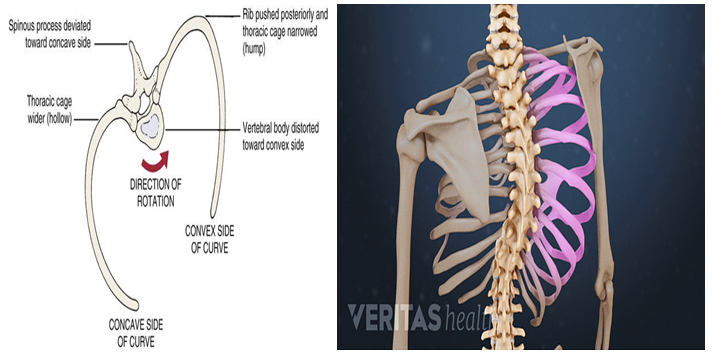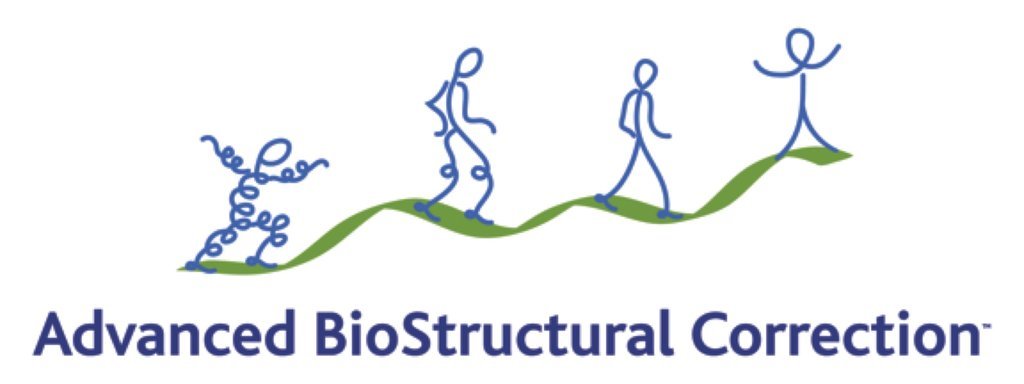What we specialise… in detail.
Spinal Decompression
SpinoConcept has spared no expense in investing in cutting edge equipment – in fact, our facility is one of the only 2 sites in metropolitan Melbourne where this special decompression table is available.
The Hills Laboratory Inc. DT enables us to choose/combine programs in order to achieve precise negative pressure at specific segmental level over time. This table with ingenious computer & bio-intuitive mechanism had been developed through years of vigorous research and clinical trials.
Gravity is constant – compression over time causes our spinal disc to dehydrate & become less resilient to stress. Micro-tears can occur, forming larger fissures through which disc material escapes into the surrounding space/nerve tissue causing pain, irritation and spinal dysfunction.
In addition, age, past & current injuries, stress & poor posture all contributes to premature degeneration of our spinal joints and discs.
An artificially-induced anti-gravitational state (typically 12.5-27 min per treatment cycle) facilitates disc imbibition and encourages the repair process. It is beneficial in both the rehabilitation and maintenance of spinal discs.
Scoliosis
3-Dimensional CBP spinal and pelvic model of analysis is applied to best understand and interpret patients presenting with scoliosis deformity. Based on age, growth rate, anatomical morphology family history and X-Ray measurements, we are able to determine the extent of structural problems & prognostic outcome.
Managing scoliosis requires invariably a long-term approach with a span of 3-5 years for adolescents and varies considerable for those that fall outside this category.
With each case there are many factors that would need to be considered and measurements taken in order to establish a reference point for post treatment & future comparison studies.
There are 4 broad categories of spinal distortion patterns and each requires a different approach to care. These patterns are analyzed, studied and presented/explained to the patient/parent during the examination / report session.
Postural rotations and translations, and their resultant spinal coupling patterns.
Sagittal plane buckling or snap-through causing loss of curvature, S-curve or complete reversal
Coronal plane buckling - various types of side bending, translation and Scoliosis
Segmental instability – Antero/Retro listhesis (slippage), hypermobility etc.
Example (1) developmental pelvic level discrepancy resulted in growth asymmetry and compensatory secondary curve forming an reversed ‘S’ shape.
Example (2) A difficult thoraco-lumbar scoliosis case. By applying the law of ‘non-communicative property of finite rotation’ it was possible to find a coupled movement pattern that successfully cancel out the large scoliotic angle & centralized the deviated spinal position.
Postural syndrome
The Silent Pandemic
As we become more sedentary than ever and less ‘actively’ upright, studies show that the average person including some kids & adolescents now spends between 8 and 12 hours a day sitting (either at a desk, watching TV/iPad/phone, or on transportation).
The “slouching-sitting pandemic” is scientifically recognized as one of the worst from health point of view. It affects our cardiopulmonary capacity, metabolism, muscles, joints, discs etc.
By the end of your life, you will have spent about a third or more of your time sitting - more hours than we sleep! Yet we rarely learn about how to address spinal postural problems, correct years of abnormal mechanics and maintain a better posture and how to keep it right.
These are sights that have become all too common everywhere we go and at every angle we look.
After a while, the constant stress caused by poor posture & bad daily habits shift the delicate balance of certain bones/joints and cause body to adapt, conform & compensate. Ultimately this leads to poor function, pain & serious pathologies : sciatica , joint arthritis, spinal spondylosis or herniated discs just to name a few.
Just how important is posture?
Ø 90% of your brains energy goes towards maintaining postural balance
Ø A forward head posture decreases shoulder mobility drastically and can lead to injuries in the shoulder itself
Ø Lung capacity (breathing efficacy) is decreased up to 2/3rds with a severe forward head posture
Ø Spinal disc health is directly related to compressive postural loading
Ø Hips and knees degenerate at a quicker rate with abnormal posture
Ø Poor posture can result in jaw pain, headache
Ø contribute to poor circulation, increases fatigue and muscular imbalance
ABC (Advanced Biomechanical Correction)
Everybody, even the fittest and healthiest people, accumulates injuries and physical imbalances as we navigate through the life journey. Just take a glance at the average middle-aged person’s posture – even an untrained eye in biomechanics can usually see that it is usually not ideal.
Whilst it is true that the body has a range of adaptive and protective mechanisms, over time it can accrue gradual misalignment and accumulate abnormal tension in the directions/ways that the body cannot self-correct (because it doesn’t have any muscles or combination of muscles that can do so). Chronic pain & pathological diagnosis are usually the end product of layers upon layers of prolonged unhealthy compensations.
Correction
As an ABC™ practitioner our goal is to help “unwind” your body back through these problem areas and “unlock” each area of neuromuscular tension and injury, thereby improve the leverage system of the spine and restore freedom of movement.
Assessments include:
A thorough history
Observation of the way you sit, rest (lay), walk & move
Assessment of your spinal static & functional alignment
Orthopedic and neurological testing
Measurement of any visible deviation from ideal posture
Tests of flexibility and mobility/ranges of motion
Tests of muscle strength and length
Analysis of PBP & abnormal tension
Correction is done by a applying a unique protocol of assessment and specialized manual technique (adjustment & meningeal release) to the the spine.















